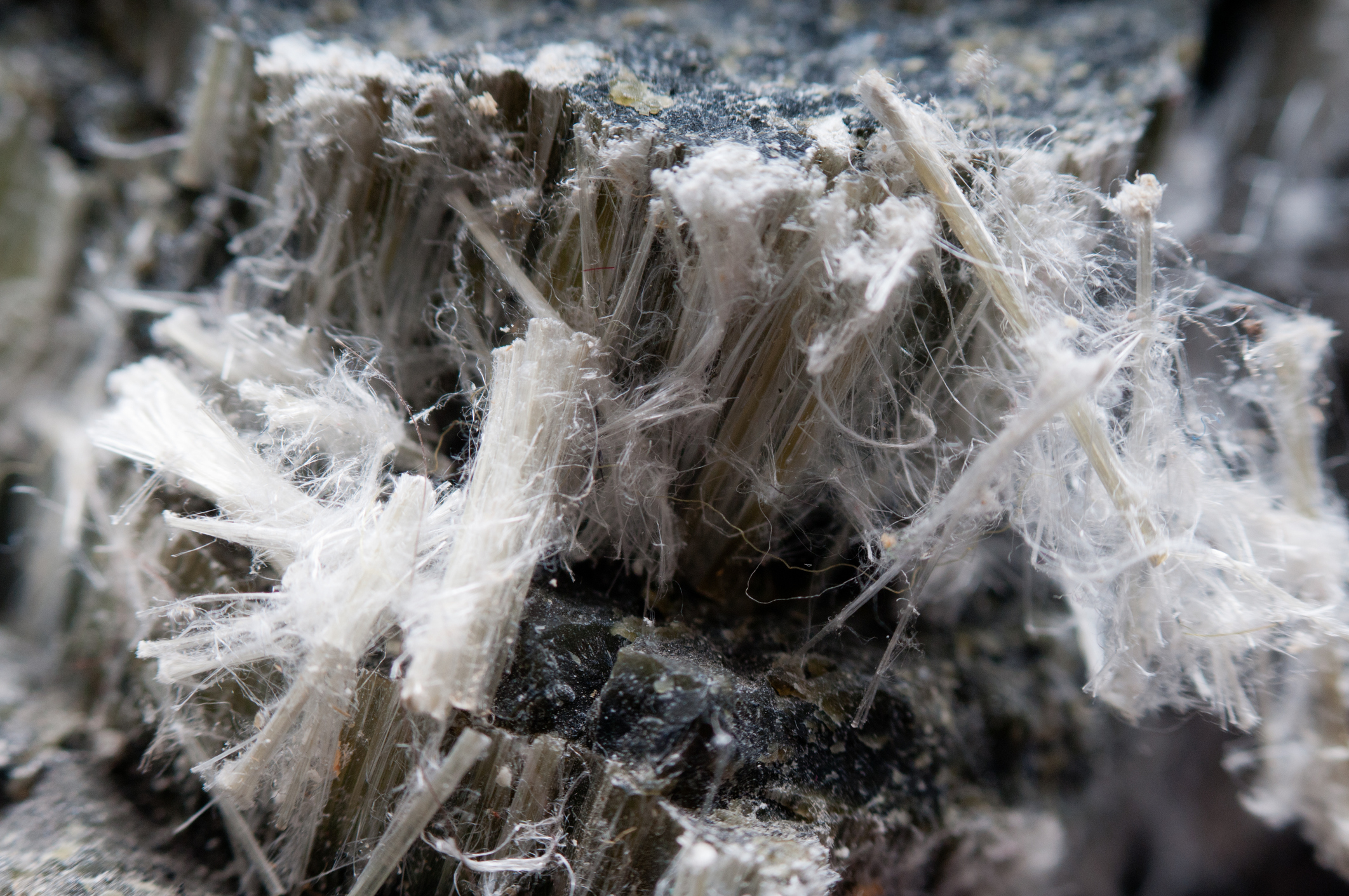What is Asbestosis?

Asbestosis is a chronic, fibrotic lung disease. It occurs from long-term inhalation of respirable asbestos fibers.
Occupational Health Surveillance Program
1100 West 49th Street, MC 1964
Austin, TX 78756
United States

Asbestosis is a chronic, fibrotic lung disease. It occurs from long-term inhalation of respirable asbestos fibers.
Asbestos is a group of naturally occurring fibers with a crystalline structure. Mined from native rock, asbestos is fibrous, thin, and strong. Because asbestos is heat resistant, able to be woven, and has insulating properties, it is suitable for many industrial uses.
Asbestos particles enter your airways and settle deep into the lungs. Because asbestos fibers are durable, the immune system cannot break them down. As a result, the lungs become damaged and form scar tissue. This becomes known as asbestosis.
You can be exposed to asbestos fibers through airborne exposure. During a demolition or repair, asbestos fibers are released into the environment. The fibers then enter the airways and remain deep in the lungs for a lifetime. Additionally, exposure can also occur through clothing and skin.
Individuals who work in the following industries, but not limited to:
Others are families of workers in these industries. Individuals exposed to asbestos from nearby asbestos plants are also at risk.
People exposed to asbestos have an increased chance of developing two types of cancer: lung cancer and mesothelioma. Lung cancer begins in the lung tissue. Mesothelioma grows from the tissues surrounding the lung or other organs.
Both lung cancer and mesothelioma are usually fatal. These diseases from asbestos may develop 20 to 50 years after exposure. Tobacco users exposed to asbestos have a higher risk of developing lung cancer.
After an examination, a physician may order the following, but not limited to:
View information here on how to report.